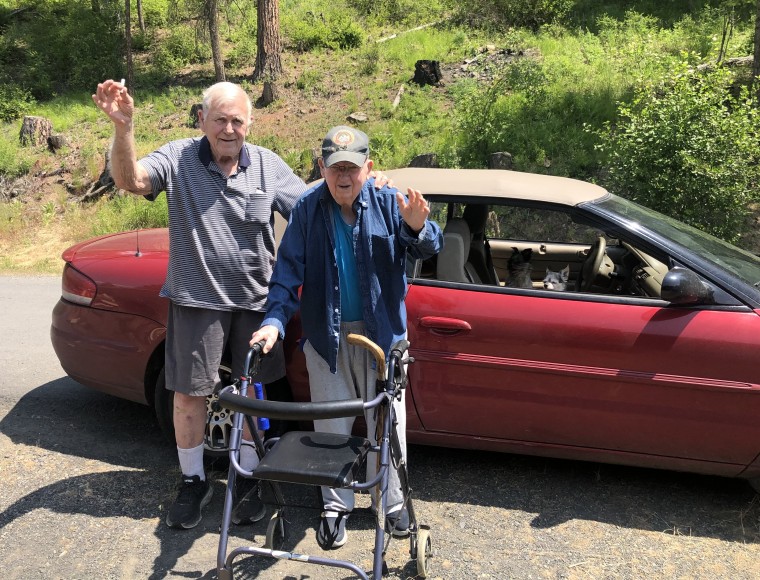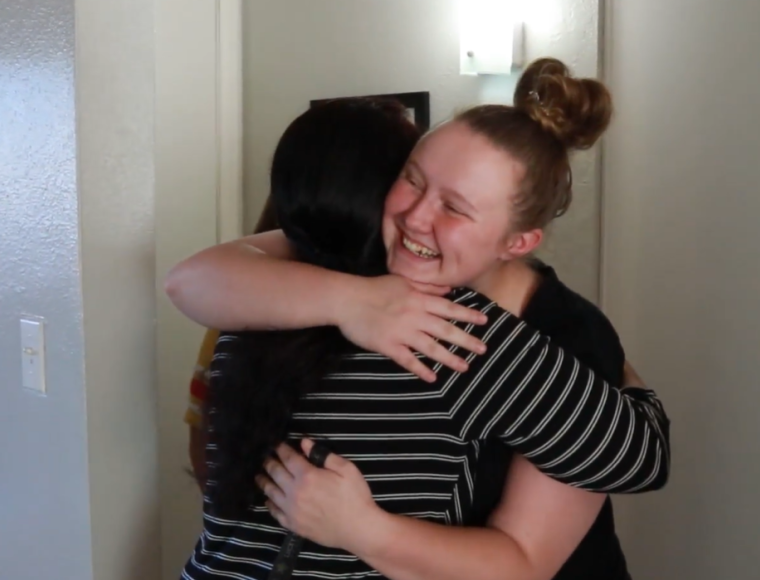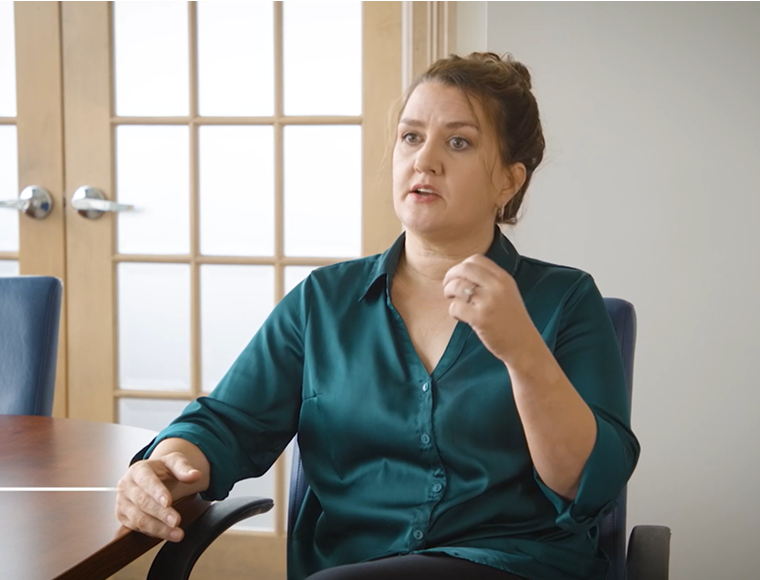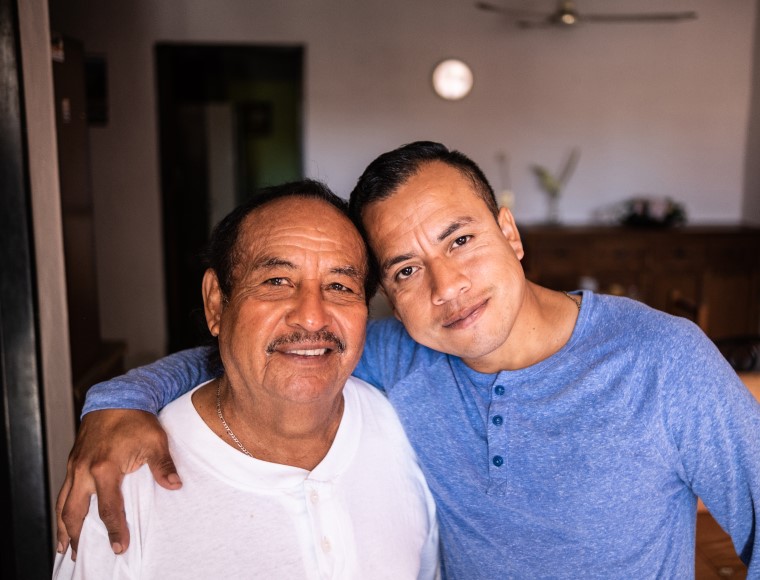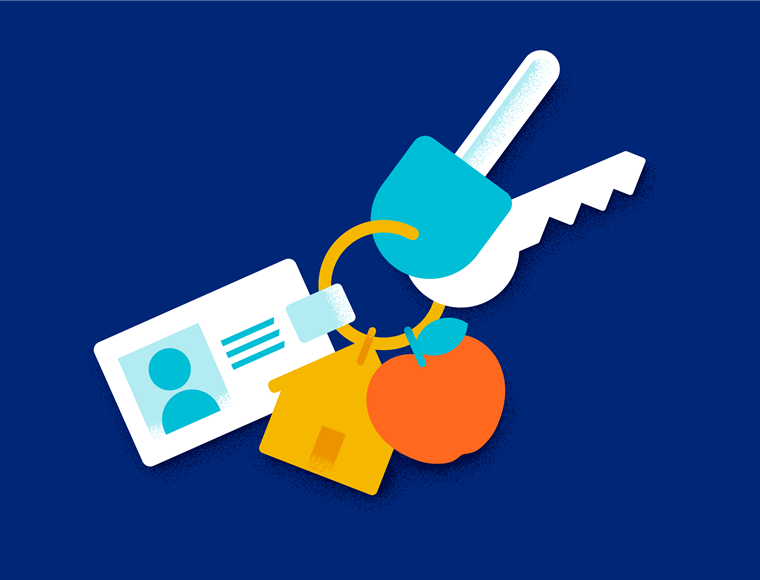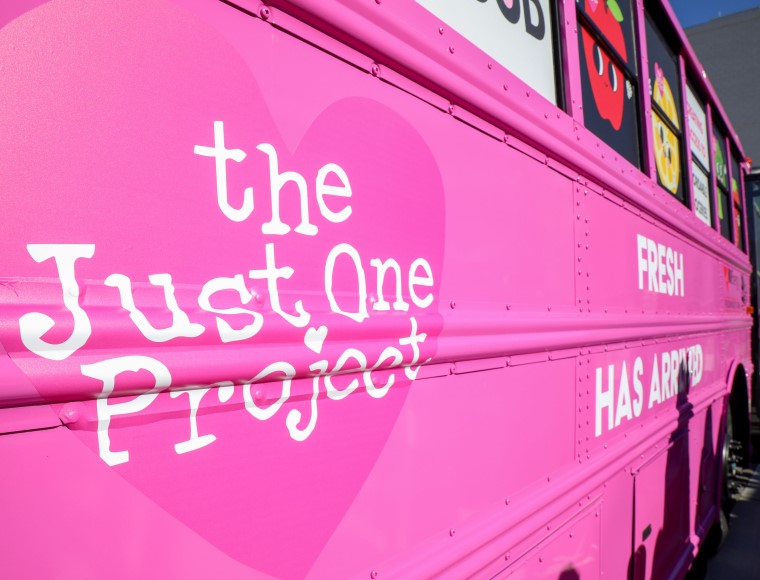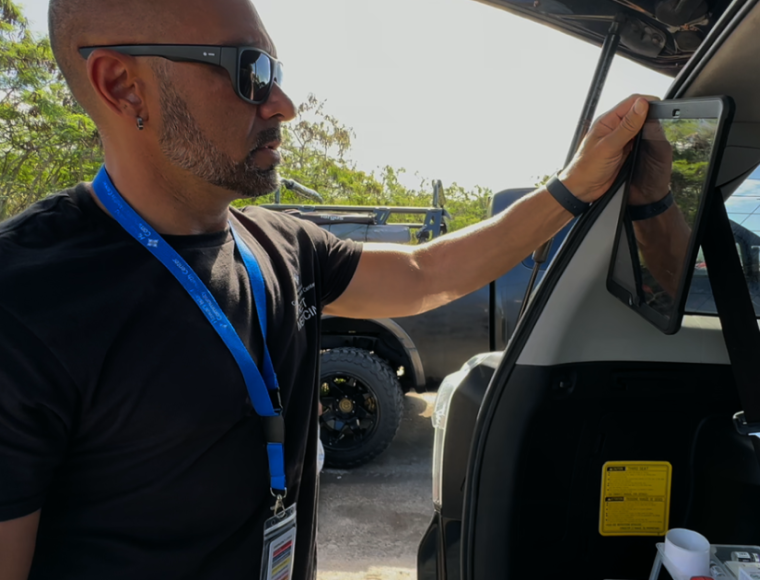In 2022, roughly 582,462 people were experiencing homelessness across America.1 New and innovative methods to help individuals who are unhoused in a way that truly benefits them, and to address health disparities, are needed. Recently, Dr. Ava Jones, PhD, RN, Director for Health Equity and Accreditation, UnitedHealthcare Community Plan of Florida, spoke with David Smolar on Inside Health Care, a podcast produced by the National Committee for Quality Assurance (NCQA). In the conversation, she discussed the strategies UnitedHealthcare Community Plan of Florida’s Housing Navigation Program uses to identify members experiencing homelessness and to connect them to housing. In 2022, the program won one of four NCQA Innovation Awards in the nation.
How did the Housing Navigation Program start?
In 2017, data gathered during member interactions revealed an increase in various forms of housing insecurity. If members don’t have secure, safe housing, they aren’t able to live their healthiest lives. To respond to this need, we created our Housing Navigation Program in 2018. The program has dedicated staff members who work with community-based organizations to best meet the needs of our members. With the COVID-19 pandemic, those needs were exacerbated.
How does the program identify members who need shelter?
As part of our member engagement efforts, we leverage data and work with providers and community partners to identify members with unmet social needs and understand each community’s capacities and available resources.
When we learn about members who are experiencing housing insecurity, a Housing Navigator reaches out to forge a relationship and to connect them with resources they may not be aware of or have experienced difficulties navigating that can help them reach their goals for their health and wellbeing.
Racial, ethnic, geographic and demographic data also inform our collective actions to address disparities. Our ability to build data profiles and extract intelligence from the data helps us to focus in on what our members need, whether it’s housing or nutrition services and supports, transportation, health services or empowerment through education or job training.
How can other health plans replicate this program?
It’s important to have access to solid data that provides intelligence about health-related social needs within a specific community, particularly shelter and housing needs. The second part of the equation is to research and engage partners who are willing and available to support the need.
How many members have found housing through the Housing Navigation Program?
Since the inception of the program, about 2,100 members who were experiencing various degrees of homelessness or were in danger of being evicted have requested support for housing navigation assistance. 700 members participating in the program have been to secure stable, affordable housing.
How does the Housing Navigation Program advance health?
We’re committed to serving the whole person. We’ll continue to build upon the Housing Navigation Program and other programs that use data to identify needs. Our mission is to meet our members where they are to help them live healthier lives. Ten years from now, our mission will not have changed. And 10 years from now we’ll have more innovations that result from a deep dive into our data and community partners that address individual and community needs.


